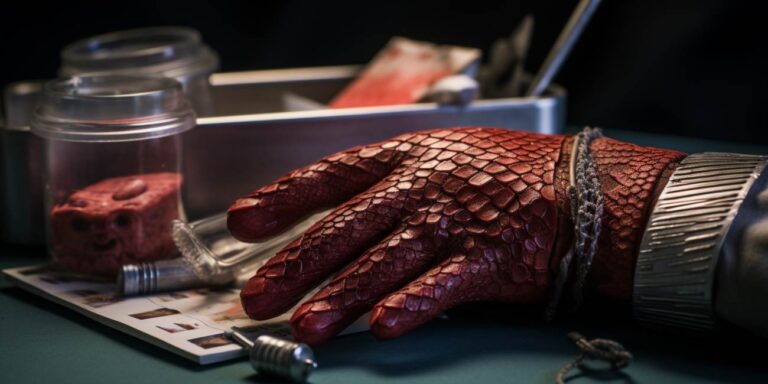When spending time in areas where adders are known to reside, it’s essential to be aware of adder bite symptoms and how to respond if you or someone you’re with is bitten. Adders, which are venomous snakes found in various parts of the world, can deliver a painful and potentially dangerous bite. Understanding the symptoms of an adder bite and seeking prompt medical attention can be crucial for a full recovery.
Understanding adders and their bites
Adders, also known as vipers, are a group of venomous snakes belonging to the family Viperidae. They are found in Europe, Asia, and North Africa, with several species inhabiting different regions. While adder bites are relatively rare, they can occur when humans or animals accidentally step on or disturb these snakes. It’s important to note that not all adder bites result in the injection of venom, as some bites may be “dry” bites where no venom is released.
However, when venom is injected, it can lead to a range of symptoms and potential complications. Adder venom primarily affects the circulatory and lymphatic systems, causing various symptoms that may vary in severity depending on factors like the location of the bite and the amount of venom injected.
Adder bite symptoms
The symptoms of an adder bite can manifest shortly after the bite occurs. It’s crucial to be able to recognize these symptoms to seek appropriate medical care promptly. Common adder bite symptoms include:
- Pain and Swelling: The site of the bite often becomes painful and swollen. Swelling can spread beyond the immediate area of the bite.
- Redness and Bruising: The skin around the bite may become red and bruised.
- Nausea and Vomiting: Some individuals may experience nausea and vomiting as a reaction to the venom.
- Dizziness and Weakness: Adder venom can lead to dizziness, weakness, and a feeling of faintness.
- Difficulty Breathing: Severe cases may result in difficulty breathing, which requires immediate medical attention.
- Increased Heart Rate: A rapid heart rate is another possible symptom.
First aid for adder bites
If you or someone you’re with is bitten by an adder, it’s essential to take the following steps while awaiting medical help:
- Keep Calm: Encourage the person who is bitten to stay calm and as still as possible to slow the spread of venom.
- Immobilize the Bite Area: Try to immobilize the affected limb or area to reduce the risk of venom spreading through the bloodstream.
- Elevate the Bite: If possible, elevate the bitten limb slightly to minimize swelling.
- Do Not: Do not try to suck out the venom, cut the wound, or apply a tourniquet. These actions can worsen the situation.
Faqs about adder bites
Q: are all adder bites dangerous?
A: No, not all adder bites are dangerous. Some may result in the injection of venom, while others may be “dry” bites with no venom.
Q: how can i tell if an adder has injected venom?
A: Symptoms such as pain, swelling, redness, and nausea are common signs that venom may have been injected. However, it’s essential to seek medical attention regardless of the severity of symptoms.
Q: what is the treatment for an adder bite?
A: Treatment typically involves antivenom, pain management, and supportive care. Prompt medical attention is crucial for a full recovery.
Q: can adder bites be fatal?
A: While fatalities from adder bites are rare, severe cases can be life-threatening if not treated promptly. Seeking medical help is essential.
See also:





